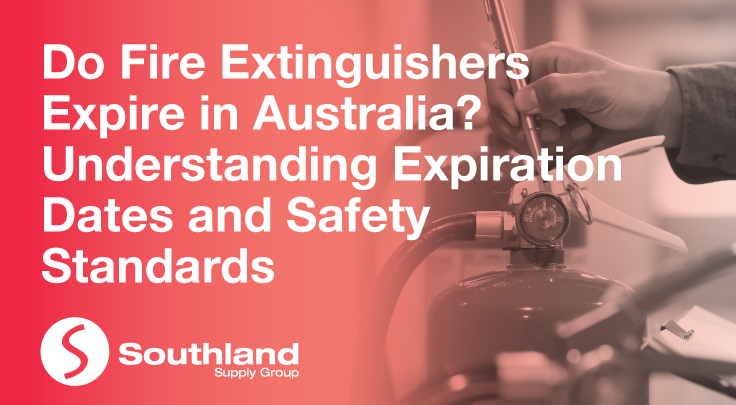
In Australia, there is no specific expiration period for fire extinguishers. However, strict standards are in place to ensure that both the extinguisher and its contents remain in proper working condition.
Fire extinguishers are essential safety devices designed to help prevent small fires from escalating into major emergencies. However, like all safety equipment, fire extinguishers have a finite lifespan and may expire over time. In Australia, understanding whether fire extinguishers expire is crucial for ensuring effective fire safety measures in homes, businesses, and public spaces. In this blog post, we'll delve into the question: Do fire extinguishers expire in Australia? We'll explore expiration dates, safety standards, and best practices for maintaining fire extinguishers to ensure optimal performance and compliance with regulations.
Fire Extinguishers Expiration Dates and Safety Standards
In Australia, fire extinguishers are subject to strict regulations and standards set forth by organisations such as Standards Australia and the Australasian Fire and Emergency Service Authorities Council (AFAC). While these standards do not mandate specific expiration dates for fire extinguishers, they do require regular inspections, maintenance, and testing to ensure that fire extinguishers remain in proper working condition. Fire extinguisher life spans range from about 5 to 15 years, depending on several factors. Common inspection and service intervals commonly range from every 6 – 12 months.
Factors Affecting Fire Extinguisher Lifespan
Several factors can impact the lifespan of a fire extinguisher, such as:
- Manufacturing Date: Fire extinguishers typically have a manufacturing date stamped on them, which provides a general indication of their age. While there is no fixed expiration date, older extinguishers may be more prone to failure or reduced effectiveness.
- Maintenance History: Regular maintenance and inspections are essential for ensuring that fire extinguishers remain operational. Extinguishers should be inspected at least annually by a qualified professional to check for signs of damage, corrosion, or other issues that may affect their performance.
- Environmental Conditions: Exposure to extreme temperatures, moisture, and corrosive environments can accelerate the degradation of fire extinguishers. Proper storage and placement of extinguishers in suitable locations can help mitigate these risks.
Best Practices for Fire Extinguisher Maintenance
To ensure that fire extinguishers remain effective and compliant with safety standards, consider the following best practices:
- Conduct regular inspections and maintenance according to manufacturer guidelines and regulatory requirements.
- Keep extinguishers properly charged and always pressurized.
- Store fire extinguishers in accessible locations with clear signage and visibility.
- Train personnel on how to properly use fire extinguishers in case of emergency.
- Replace extinguishers that show signs of damage, corrosion, or other defects that may affect their functionality.
While fire extinguishers in Australia do not have fixed expiration dates, they require regular maintenance, inspections, and testing to ensure their effectiveness and compliance with safety standards. By understanding the factors that affect fire extinguisher lifespan and implementing best practices for maintenance and usage, individuals and organisations can enhance fire safety preparedness and protect lives and property in the event of a fire emergency. Remember, proactive maintenance and compliance with safety regulations are essential for safeguarding against the risks posed by fire hazards.




